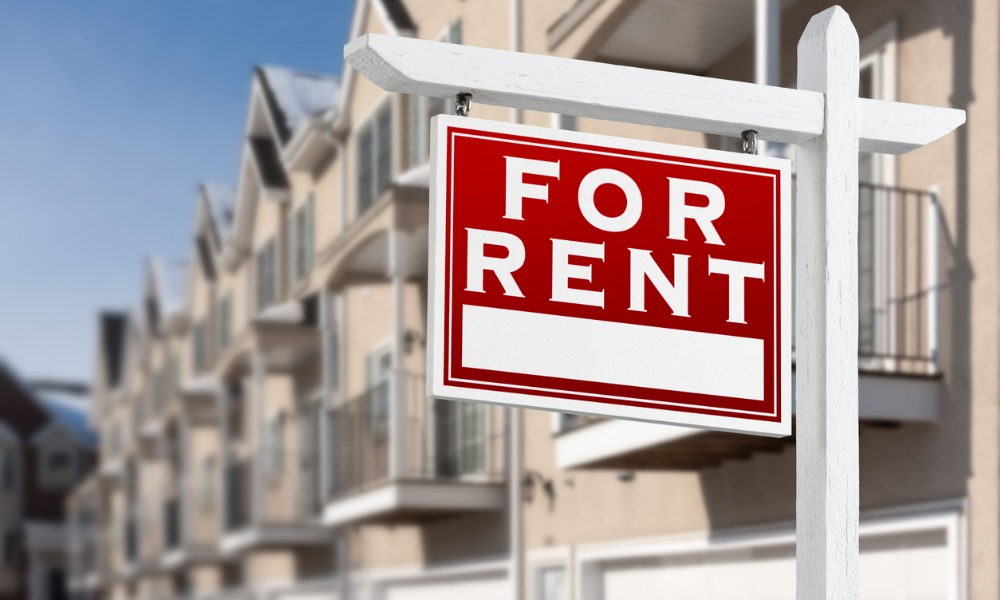Ezzy noted that supply constraints are particularly acute in the unit sector, especially in Sydney, where vacancy rates for both units and all dwellings reached record lows in September at 1.35% and 1.64% respectively. “While investors have comprised an elevated portion of home lending over the past two years, this hasn’t translated into additional available rental stock,” she said.
Median weekly rents in Australia’s combined capital cities exceeded $700 for the first time in August, settling at $702 in September. In contrast, regional rents remained below $600, with the typical regional dwelling renting for $591 per week.
Ezzy observed that the gap between capital and regional rents has narrowed. “With the regions outperforming the capitals through the second half of 2024 and into 2025, the affordability advantage offered by regional rental markets has reduced from $123 in May 2024, to $111 in September,” she said.
Among the capitals, Sydney remains the most expensive city for renters, with a median weekly rent of $807, while Hobart is the most affordable at $584 per week.
Ezzy also highlighted the broader economic implications of rising rents. “The news that rents are once again rising at a higher rate will be unwelcome news for renters already struggling with the 43.8% or $204 per week increase in rents seen nationally over the past five years,” she said. “But it’s probably also unwanted news for homeowners and landlords servicing a mortgage.”

